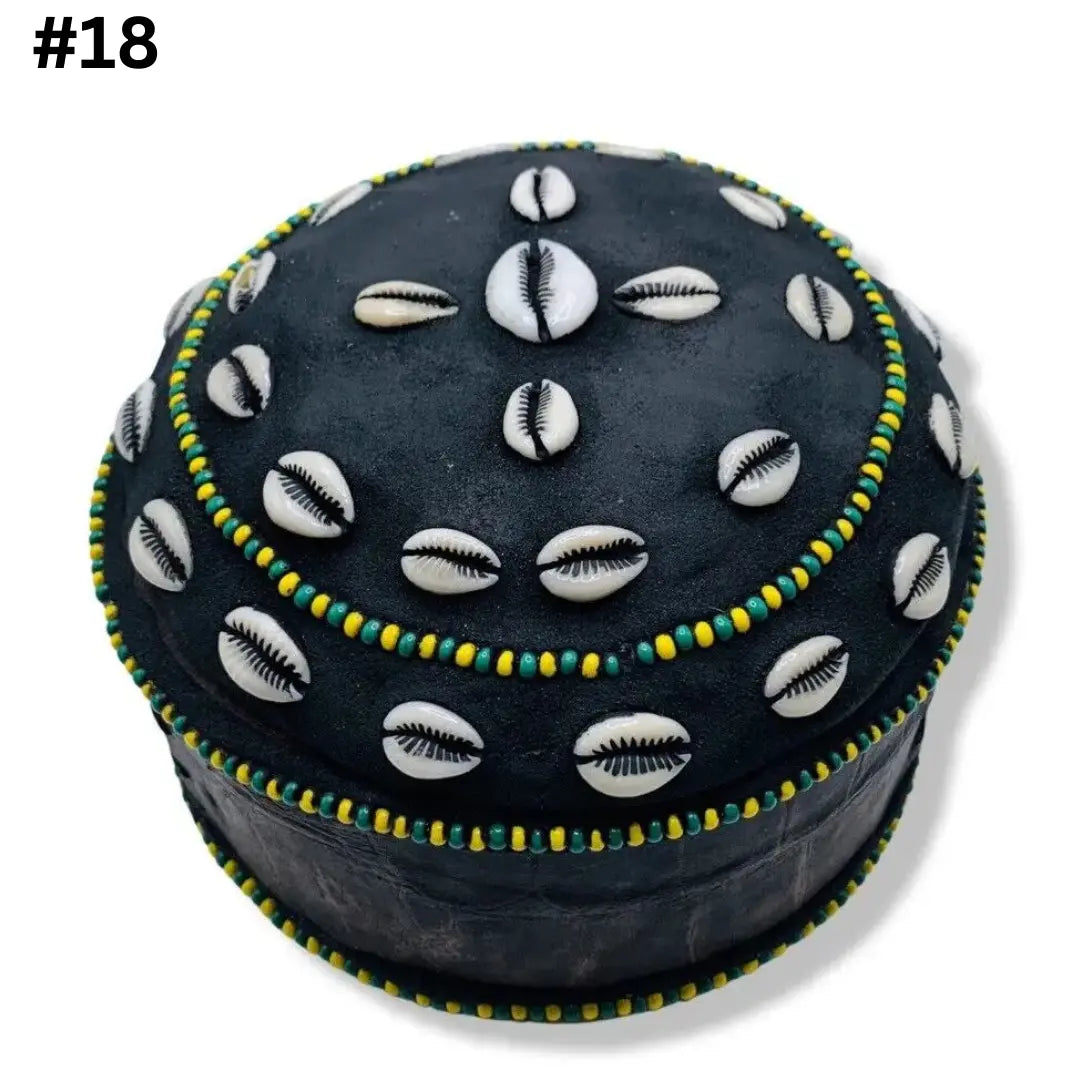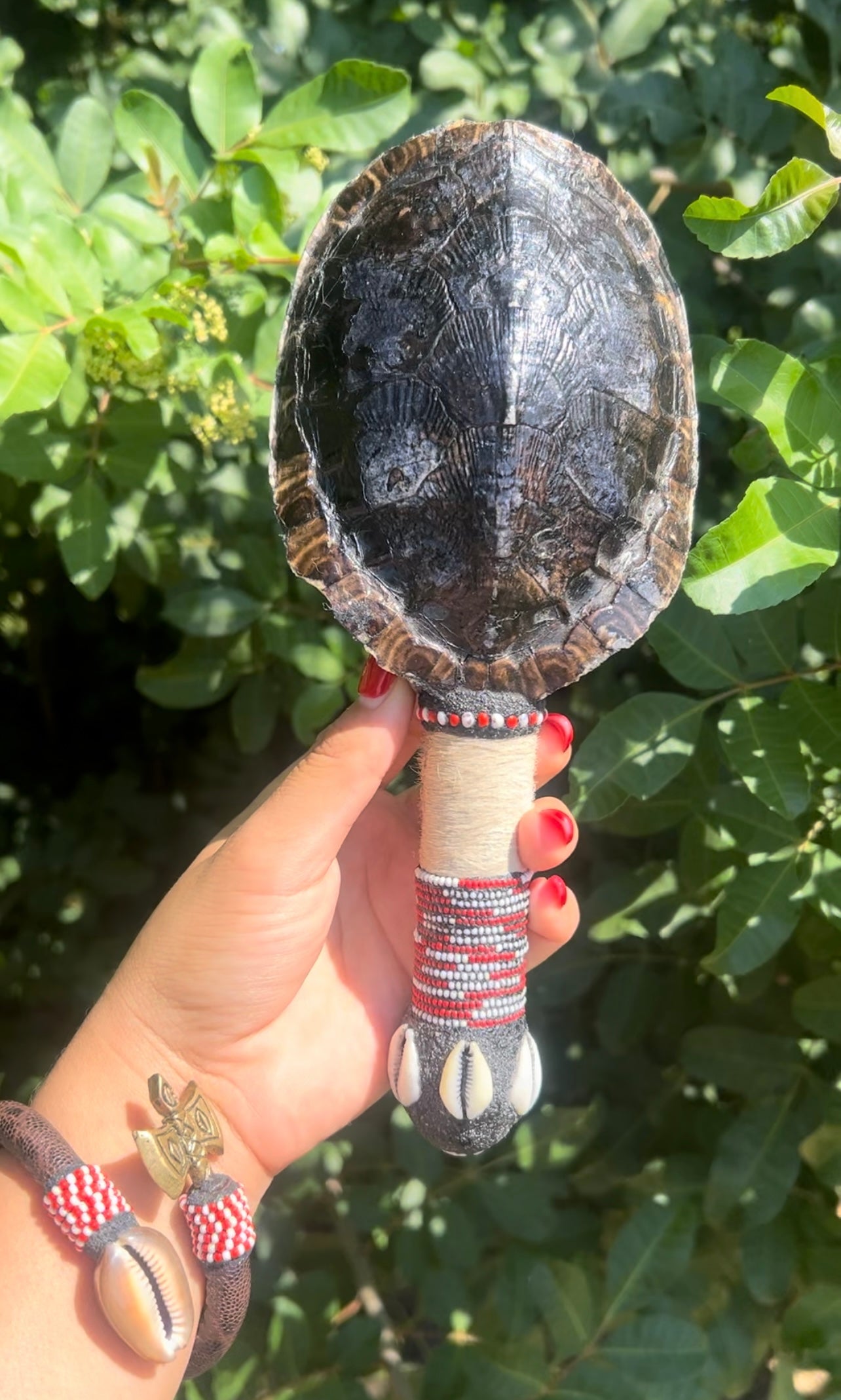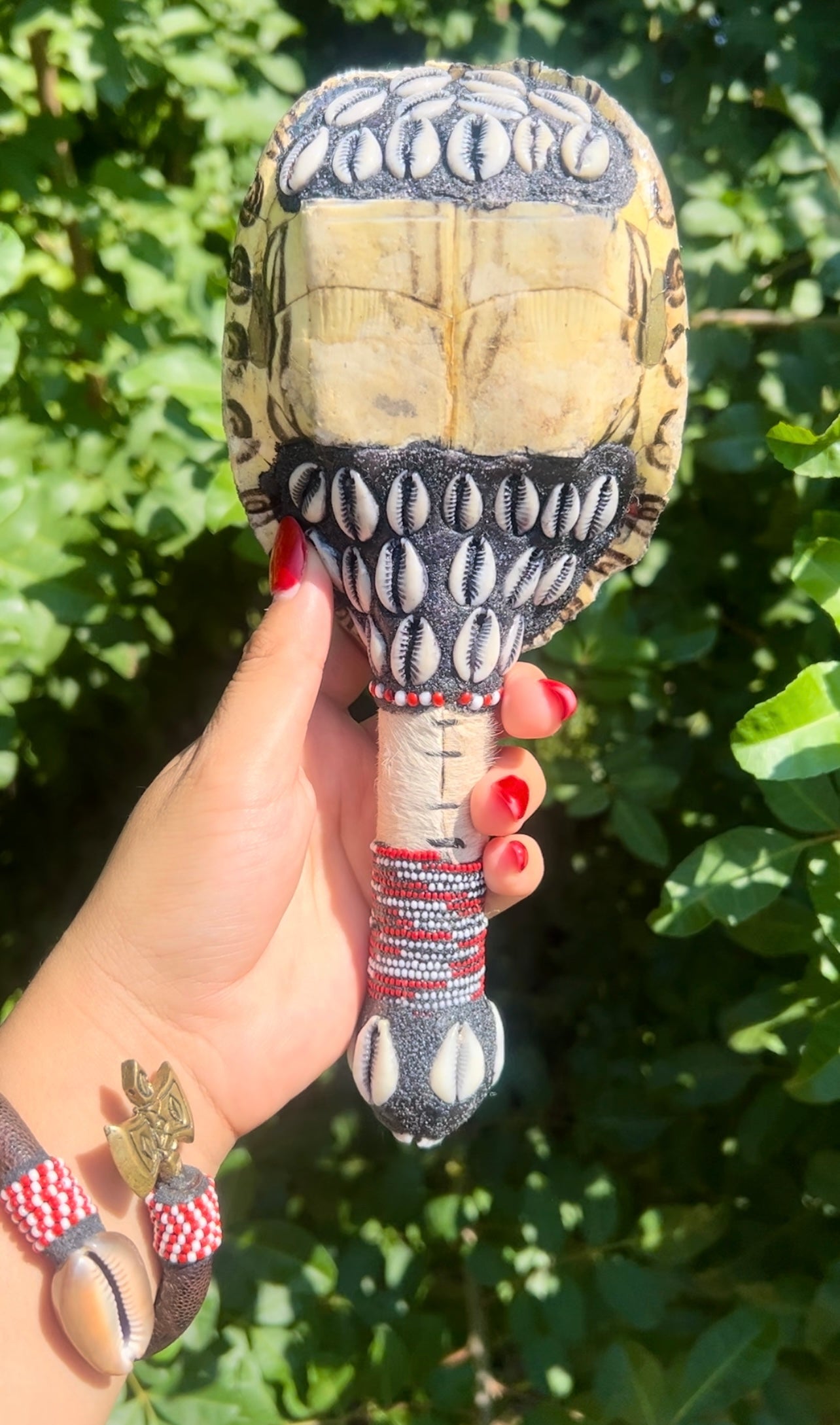Introduction
The Afro-Caribbean religious landscape is rich and diverse, reflecting the intricate interplay between African spiritual traditions and the cultures they encountered in the New World. Central to this spiritual tapestry are the Orishas, Mpungos, and Loas, powerful entities that play pivotal roles in the respective traditions of Yoruba religion, Palo Mayombe, and Vodou. This article delves into the distinctions and unique characteristics of these spiritual beings, providing a comprehensive understanding of their origins, roles, and cultural significance.
Origins of Orishas, Mpungos, and Loas
The Orishas, Mpungos, and Loas each have distinct origins rooted in African spirituality, yet they have been shaped by the transatlantic slave trade and the subsequent blending of cultures in the Caribbean and the Americas. The Orishas originate from the Yoruba religion of West Africa, primarily present-day Nigeria. The Mpungos come from the Bakongo and other Bantu-speaking peoples of Central Africa. The Loas have their roots in the spiritual traditions of the Fon and Ewe peoples of West Africa, particularly from regions now known as Benin and Togo.
These spiritual entities were carried across the Atlantic by enslaved Africans, who adapted their practices to new environments, blending them with elements of Catholicism and indigenous beliefs, leading to the development of syncretic religions like Santería, Palo Mayombe, and Vodou.
Understanding Orishas
Orishas are deities or spirits in the Yoruba religion, each governing specific aspects of nature and human endeavors. They serve as intermediaries between the supreme god, Olodumare, and humanity. Orishas possess distinct personalities, attributes, and areas of influence, and they play a crucial role in the spiritual and everyday lives of their followers.
Significance of Orishas in Santería
In Santería, also known as Lucumí, the Orishas were syncretized with Catholic saints, allowing practitioners to maintain their traditional beliefs under the guise of Christian worship. Santería rituals often involve offerings, drumming, dancing, and trance states, through which devotees communicate with the Orishas for guidance, healing, and protection.
Prominent Orishas and Their Attributes
Shango: The god of thunder, lightning, and fire, Shango is known for his strength and virility. He is often depicted with a double-headed axe and associated with justice and power.
Oshun: The goddess of love, fertility, and rivers, Oshun is revered for her beauty and generosity. She is associated with sweetness, wealth, and diplomacy.
Elegua: The trickster and messenger of the gods, Elegua opens and closes the paths of fortune and misfortune. He is usually depicted as a young child or an old man.
Ogun: The god of iron, war, and labor, Ogun is a fierce warrior and protector. He is associated with technology, craftsmanship, and physical strength.
Understanding Mpungos
Mpungos are powerful spirits in Palo Mayombe, representing natural forces and aspects of human life. Unlike the more benevolent Orishas, Mpungos can be both protective and destructive, depending on how they are approached and honored.
Role of Mpungos in Palo Mayombe
In Palo Mayombe, practitioners, known as Paleros, work with Mpungos through rituals that often involve the use of ngangas (sacred cauldrons) filled with various ritual objects. These practices emphasize the importance of balance, respect, and the careful management of spiritual energies.
Prominent Mpungos and Their Attributes
Zarabanda: Associated with iron and war, Zarabanda is a fierce protector and enforcer of justice. He is often invoked for strength and protection.
Centella Ndoki: The queen of the cemetery, Centella Ndoki governs death and the spirits of the dead. She is invoked for guidance in matters of the afterlife and spiritual communication.
Siete Rayos: Representing lightning and fire, Siete Rayos is a powerful force of destruction and renewal. He is called upon for cleansing and transformation.
Understanding Loas
Loas are spirits in Haitian Vodou, each with distinct personalities, preferences, and areas of influence. They serve as intermediaries between the supreme god, Bondye, and humanity, aiding in various aspects of life through rituals and ceremonies.
Importance of Loas in Vodou
Vodou practitioners, known as Vodouisants, honor the Loas through elaborate ceremonies involving drumming, dancing, singing, and possession. These rituals facilitate communication with the Loas, who provide guidance, healing, and protection.
Prominent Loas and Their Attributes
Papa Legba: The guardian of the crossroads, Papa Legba is the gatekeeper between the spiritual and physical worlds. He is invoked at the beginning of ceremonies for access to the other Loas.
Erzuli: The goddess of love and beauty, Erzuli has multiple aspects, each representing different facets of womanhood, such as Erzuli Freda (romantic love) and Erzuli Dantor (motherhood and protection).
Baron Samedi: The master of the dead, Baron Samedi oversees cemeteries and the afterlife. He is known for his playful and irreverent demeanor.
Ogou: The warrior Loa, Ogou governs war, politics, and iron. He is invoked for strength, protection, and success in battles.
Comparative Analysis of Orishas, Mpungos, and Loas
While Orishas, Mpungos, and Loas share similarities as spiritual intermediaries, they differ in their origins, attributes, and roles within their respective traditions. Orishas are generally more benevolent and associated with natural elements, while Mpungos embody both protective and destructive forces. Loas, with their diverse personalities and areas of influence, occupy a middle ground, blending aspects of both benevolence and ferocity.
Spiritual Practices and Rituals
All three traditions involve intricate rituals and ceremonies designed to honor and communicate with the spirits. Common elements include drumming, dancing, singing, offerings, and trance states, each tailored to the specific needs and preferences of the Orishas, Mpungos, or Loas.
Role of Ancestors and Spirits
Ancestral veneration is a crucial aspect of these traditions, with practitioners seeking guidance and protection from their forebears. Communication with ancestors and spirits is facilitated through various rituals and offerings, emphasizing the interconnectedness of the living and the dead.
Symbols and Iconography
Each tradition has its own set of symbols and iconography, often reflecting the attributes and areas of influence of the spirits. These symbols are used in rituals, altars, and artistic depictions to invoke and honor the Orishas, Mpungos, and Loas.
Music and Dance in Rituals
Music and dance play vital roles in the rituals of these traditions, serving as mediums for spiritual communication and community bonding. Drumming, in particular, is essential, with specific rhythms associated with different spirits.
Impact on Modern Culture
The influence of these traditions extends beyond religious practices into contemporary art, music, literature, and popular culture. Elements of Orisha, Mpungo, and Loa worship can be seen in various cultural expressions, contributing to a broader appreciation and understanding of Afro-Caribbean spirituality.
Challenges and Misconceptions
Despite their rich cultural heritage, these traditions often face challenges such as stereotypes, cultural appropriation, and misunderstandings. Efforts to educate and promote accurate representations are crucial in preserving their integrity and respect.
Preservation and Revival Efforts
Numerous initiatives are underway to preserve and revive these traditions, including educational programs, cultural festivals, and academic research. These efforts aim to ensure the continued vitality and relevance of Orisha, Mpungo, and Loa practices in the modern world.
FAQ
What are Orishas, Mpungos, and Loas?
Orishas, Mpungos, and Loas are spiritual entities in Afro-Caribbean religions. Orishas originate from the Yoruba religion, Mpungos from Palo Mayombe, and Loas from Haitian Vodou. Each serves as intermediaries between the supreme deity and humans, aiding in various aspects of life.
How do Orishas differ from Mpungos and Loas?
Orishas are typically more benevolent and associated with natural elements, Mpungos can be both protective and destructive, and Loas have diverse personalities blending aspects of both benevolence and ferocity.
What roles do Orishas, Mpungos, and Loas play in their respective religions?
Orishas are central to Yoruba and Santería practices, Mpungos are key in Palo Mayombe rituals, and Loas are essential in Vodou ceremonies. Each group of spirits governs different aspects of life and nature, providing guidance and protection to their followers.
Why is music and dance important in these traditions?
Music and dance are crucial for spiritual communication, facilitating trance states and possession by the spirits. Drumming, in particular, is vital, with specific rhythms invoking different Orishas, Mpungos, or Loas.
What are some common misconceptions about these traditions?
Common misconceptions include viewing these traditions as primitive or sinister. In reality, they are complex, rich spiritual systems with deep cultural and historical significance.
How are these traditions being preserved and revived today?
Efforts include educational programs, cultural festivals, and academic research aimed at promoting understanding and respect for these traditions. These initiatives help ensure their continued relevance and vitality.
Conclusion
The Orishas, Mpungos, and Loas are central figures in Afro-Caribbean religious traditions, each with unique origins, attributes, and roles. Understanding their differences and similarities provides deeper insight into the rich spiritual tapestry of these cultures. Through ongoing preservation efforts and increased awareness, these traditions continue to thrive, enriching the cultural and spiritual lives of their practitioners.











